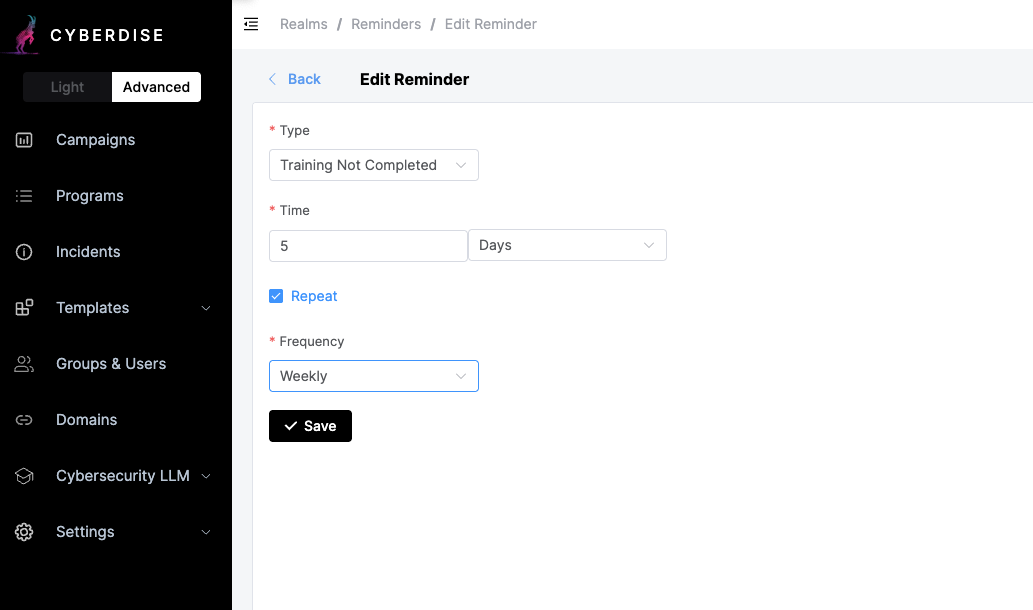Key Weaknesses of Cybersecurity Awareness Providers and What Companies Can Do About Them
Cybersecurity awareness training is a vital component of organizational defense strategies. However, many awareness providers or solutions are not able to cover the requirements of the customers. We list and summarize common weaknesses of security awareness providers and practical steps (bigger) organizations can take to address them.










